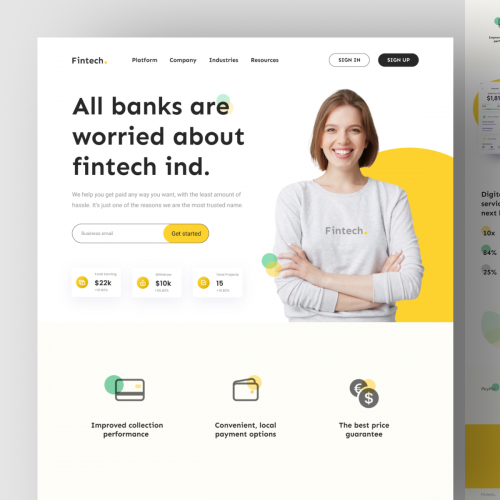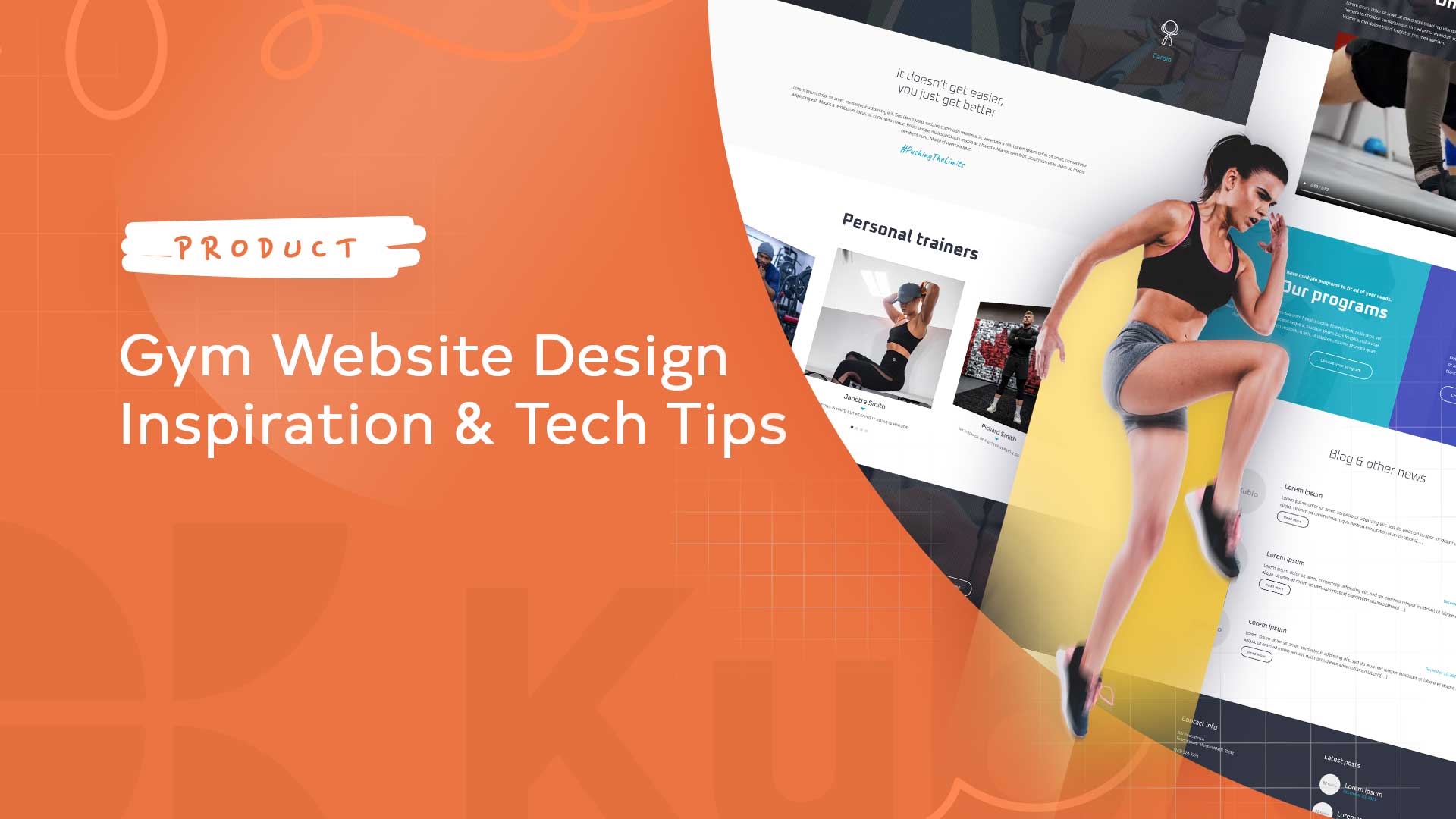How Website Design Can Help Improve User Experience and Engagement
How Website Design Can Help Improve User Experience and Engagement
Blog Article
Boost Engagement With Innovative Web Site Layout Solutions
An attentively crafted user experience, underpinned by calculated visual layout and interactive elements, can dramatically enhance individual interaction. By exploring different methodologies such as receptive layout and tailored content, companies can create a platform that not just captivates customers however additionally cultivates long-lasting commitment.

Understanding User Experience
Comprehending customer experience (UX) is essential for creating efficient web site style solutions, as it directly influences how individuals communicate with digital platforms. An extensive UX technique includes various elements, consisting of individual, accessibility, and use contentment, all of which add to the total efficiency of a site.
To start with, usability concentrates on just how easily individuals can navigate and locate the information they look for. Access makes sure that all individuals, consisting of those with handicaps, can efficiently communicate with the website.
Moreover, recognizing user identities is necessary for customizing the experience to fulfill particular audience demands. By conducting user research and screening, designers can gather understandings that inform style choices, guaranteeing the website not just satisfies visual goals but also meets useful requirements. Inevitably, a thoughtful method to UX design cultivates involvement, urges retention, and improves general customer satisfaction, which are important for the success of any digital system.
Visual Layout Methods
Incorporating efficient visual style strategies is important for recording individual interest and improving the total user experience on a website. A well-balanced visual pecking order overviews individuals with the content, allowing them to easily navigate and soak up information. This can be attained via the calculated use typography, color pattern, and spacing, which collectively produce a appealing and natural design.
Shade plays a pivotal duty in stimulating feelings and establishing brand identification. Making use of a balanced color combination that lines up with the brand's ethos can promote experience and trust fund. In addition, including premium images and graphics improves aesthetic allure and can significantly enhance individual involvement.
Whitespace, usually overlooked, is equally crucial as it allows web content to breathe and protects against frustrating individuals with mess. It promotes much easier reading and understanding, resulting in a more enjoyable surfing experience.
Finally, uniformity in design aspects-- such as button typefaces, styles, and icons-- makes certain a smooth customer trip, enhancing the brand name's expertise. By strategically applying these visual design strategies, internet sites can not just attract site visitors however also urge them to stay longer and engage even more deeply with the material.
Interactive Elements for Engagement
Engaging users successfully usually depends upon the application of interactive components that invite participation and foster a vibrant surfing experience. These aspects, including tests, polls, and interactive infographics, motivate customers to actively take part instead than passively take in content. By incorporating such functions, web sites can not only capture interest yet also boost user retention.

Gamification is one more effective technique. Integrating game-like aspects, such as achievements or benefits for completing tasks, can change ordinary interactions into enjoyable experiences. This technique not just enhances interaction but additionally urges individuals to return, developing a devoted audience.
Furthermore, interactive elements can facilitate social sharing, intensifying a web site's reach. Functions like comment areas, share switches, and user-generated material areas foster neighborhood interaction, transforming site visitors into active participants. website design. Inevitably, the tactical usage of interactive aspects is essential for producing a engaging and engaging internet site that reverberates with users
Adaptive and responsive Design
A properly designed website needs to focus on responsive and flexible design to make sure optimal individual experiences throughout a range of devices and screen sizes. Receptive style utilizes fluid grids and flexible photos, allowing the design to automatically change based upon the audience's display dimension. This strategy ensures that individuals can quickly connect and browse with the web content, no matter whether they are utilizing a smart device, tablet, or desktop computer .
In comparison, flexible design uses predefined designs that blog here are customized to particular device categories. This implies that the website identifies the sort of gadget being made use of and offers the ideal design, which can enhance loading times and maximize the screen of essential elements. While both strategies aim to enhance functionality, receptive design is frequently preferred for its fluidness and smooth shift between devices.
Incorporating responsive and flexible style not just enhances user contentment yet additionally favorably impacts online search engine positions. Online search engine prioritize mobile-friendly websites, thus raising exposure and bring in more visitors. Investing in these design approaches is vital for companies looking to engage their audience properly and maintain a competitive side in today's electronic landscape. website design.
Studying User Feedback and Data
User comments and data analysis are necessary elements of efficient site design, as they give valuable insights into customer behavior and preferences. By systematically accumulating and taking a look at individual responses with studies, use testing, and analytics devices, developers can determine discomfort factors and areas for enhancement. This data-driven technique enables organizations to fine-tune their website aspects, guaranteeing that the customer experience straightens with target market expectations.
Examining metrics such as bounce rates, time on page, and click-through rates offers a measurable point of view on customer engagement. These metrics assist designers discern which material reverberates and which areas may call for optimization. In addition, A/B testing can be employed to review variations in style, enabling designers to make informed decisions based upon individual communications.
Incorporating user comments not only improves site functionality but likewise fosters a sense of community and trust fund. Engaging with customers with feedback loops cultivates commitment and urges index repeat sees. Eventually, leveraging customer responses and data analysis is essential to creating a dynamic, user-centered web site that adjusts to developing individual requirements and preferences, therefore driving higher involvement and complete satisfaction.
Final Thought

A thoughtfully crafted individual experience, underpinned by strategic aesthetic layout and interactive elements, can significantly boost individual interaction.Including efficient aesthetic style methods is necessary for capturing customer attention and enhancing the total user experience on a site.Customer comments and information evaluation are important components of reliable internet site design, as they offer valuable understandings into individual habits and preferences. Inevitably, leveraging individual comments and information analysis is integral to creating a dynamic, user-centered internet site that adapts to advancing try here customer requirements and choices, therefore driving greater interaction and complete satisfaction.
In conclusion, cutting-edge web site style remedies dramatically boost individual involvement by prioritizing individual experience, using efficient visual techniques, and integrating interactive elements.
Report this page